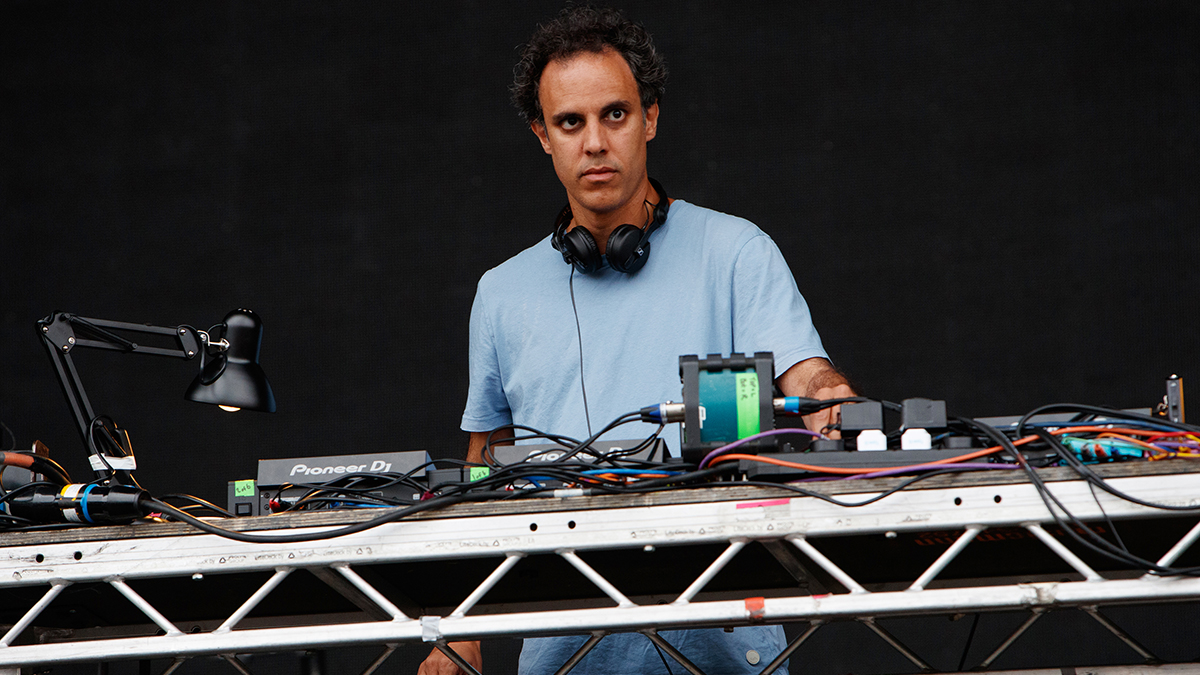Earlier this month, electronic musician Kieran Hebden - better known as Four Tet - appeared on the Tape Notes podcast to discuss the making of his latest album, Three.
In the two-hour-long conversation, Hebden breaks down several tracks for host John Kennedy and gives listeners a fascinating insight into various aspects of his creative process.
After exploring the making of the song Daydream Repeat, Kennedy asks Hebden how he typically approaches arrangement and structure for instrumental tracks such as this one, without the framework of vocals and lyrics to act as a guide.
"I'll have something like the harp melody, a melodic thing that I feel is powerful to me, and to communicate what I think is the moving or interesting thing about this, I have to get the arrangement right, to get that idea over," Hebden says.

"There are elements that fade in, I use that as a device quite a lot to create a world of sound. There's all this noise happening around you, and slowly bubbling up through that you start feeling a pulse, and you realize you're locked into a groove. Then it's all going quite hard and it's quite heady, and this really lush beautiful sound comes at you.
"It's those sorts of things I'm thinking about: how am I going to introduce everything, and how long do things need to be there? And once everything's there and you're loving it, what's going to happen next? Does it need something else?
"Maybe it needs something to go away, and then everything to come in, or maybe it needs everything to drop out for a while and then crash back in in an impactful way. It's all these things that take these elements and make you enjoy them as many times over as possible, until you've exhausted it."
Hebden tells Kennedy that when it comes to making music, his unique approach to arrangement and structure is one of his strongest abilities. "My take on understanding how to do those things is probably why I'm even sitting here," he says. "That's why I'm allowed to put out records, is that I somehow understand how to do that bit of it.
"I learned so much about doing that from listening. That's the thing; listen so much, because arranging a six-minute track that's just harp and guitar noise and drums seems obvious to me, but when I really think about it, that's not obvious, that must be the thing I'm good at."







